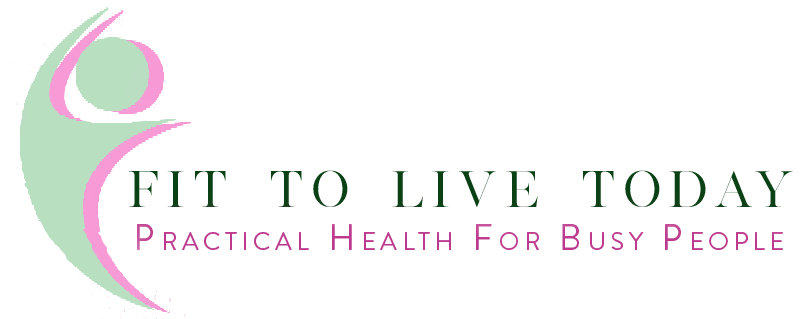Green Laundry Practices - Saves Money & Environment
Did you know?
At first glance, it seems minor, but the average household laundry:
Uses 25 – 41 gallons of water per load, so approximately 16% of the household water usage
Heating the water uses 75% - 90% of the total energy used by the washing machine.[i]
Just by changing a few simple things in doing laundry, you can lower your carbon footprint!
Front loading machines use less water.
Photo by Nik, Unsplash
Tips for more sustainable laundry
Use cold water instead of warm or hot. – You save energy by not heating the water.
Cold water extends the life of your clothes.[ii]
Manufacturers have changed detergent to work better in cold water.[iii]
Use less detergent
Some laundry detergents are now concentrated, especially high-efficiency detergent
Excess detergent stays in your clothes, and can make them stiff and starchy
To effectively clean your clothes, you need only 2 tablespoons of detergent per load[iv]
Use nontoxic laundry detergent
Cleaning products can have toxic ingredients. Anything you use in your home will end up in your body and the environment. Thieves Laundry Detergent or a plant based detergent, You can make your own. See a DIY recipe below and money saving tip.
Wash using full loads
Advantages of using full loads:
Results in the lowest water and energy usage per item of clothing[v]
Wash clothes less often
Wear clothes more than once before washing (except undies and socks)[vi]
Levi-Strauss& Co. research found out: Washing jeans after every ten wears instead of every two “reduces energy use, climate change impact and water intake for 80 percent”.[vii]
Dry clothes by line, not a clothes dryer
Each dryer emits more than a ton of CO2 per year, 88 million dryers in the U.S.[viii]
Line drying is easier on fabrics than high heat settings in dryers. In the winter it adds moisture to the air and makes your home feel warmer.
If you use a dryer, regular lint trap cleaning (after every load) and dryer vent cleaning (at least every two year) is vital for efficiency and safety.[ix]
Dryer sheets can be toxic. save money and make your own.
Save Money with these DIY & Money Saving Hacks
Thieves Laundry Detergent is a great product. The essential oils in it not only do great cleaning but support your immune system. It is very concentrated.
Check out this money saving tip:
Thieves Household Cleanser is the cheapest and best household cleanser I’ve used. It can replace most of your cleaning products so saves you about $300/year in cleaning products. Below are recipes for DIY Laundry Soap & Dryer Sheets. These are more ways to save money & the environment.
Double your money with this tip.
DIY Laundry Soap
Materials
1/2 cup Epsom Salts
1 1/2 cup Washing Soda
1 1/2 cup Baking Soda
1/4 cup Sea Salt
20 drops Lemon, Thieves Essentials oils
Tools
Glass container
Stainless Steel Scoop or Spoon
Instructions
Combine all the ingredients into a large bowl or the container you plan on storing your detergent. Then stir or shake to combine.
Pour into the storage container, if needed.
Notes
Use it with warm water. Since this isn’t a liquid, you need the warm water for it to dissolve. To make it more ecologically, heat some water in a pan and add your laundry detergent. When it is dissolved pour into your washer or put your setting on hot water add a little hot water to machine and stop the machine. Add your detergent to dissolve. Then add cold water.
While all these ingredients are significantly safer to use, I do have dedicated measuring cups for making detergent. It’s really being overly cautious. They are also stainless steel so that I can easily throw them in the dishwasher and know that they will come out clean.
This detergent is safe to use on darks, towels, and even your white and delicates. Just make sure that the water is warm.
This recipe is from Beth Chen https://thehonestspoonful.com/homemade-laundry-detergent-no-borax/
Another tip is to add 1/2 cup white vinegar to your rinse cycle.
DIY Homemade dryer sheets
These are nontoxic and you reuse them so they are ecological & save you money!
What you need:
Several pieces of cloth. You can use old t-shirts, cut-up towels or flannel would work well.
Glass container with a tight sealing lid. I would use a wide mouth jar. It is much easier to use.
1/2 cup vinegar- Vinegar is a natural fabric softener.
6 to 8 drops essential oil of choice - I think Lemon or Lavender would be good choices.
Instructions
Add Vinegar and Essential Oils in a separate bowl or jar. The best way is to add the essential oils first then add the vinegar then mix..
Place fabric squares in the jar.
Pour enough vinegar solution over the cloths until they are damp—but not saturated or soaking. You can save your excess vinegar for tons of cleaning tasks around the house, from using as a fabric softener to removing odors from pet stains to cleaning soap scum out of your shower.
When you're ready to dry a load of laundry, remove one cloth and ring it out over the jar to remove any excess vinegar before tossing it in the dryer.
Refresh your dryer sheets with vinegar and essential oil mixture once they lose their scent.
When the rags start breaking down, it is time to replace your fabric squares.
Footnotes:
https://shrinkthatfootprint.com/ultimate-guide-to-zero-waste-laundry-sustainability-in-every-load/
https://www.consumerreports.org/washing-machines/dont-bother-using-hot-water-to-wash-your-laundry/
https://www.nytimes.com/wirecutter/blog/stop-using-so-much-laundry-detergent/
#greencleaning, #greenlaundry, #nontoxiclaundry, #DIYlaundry


